Blue Creek is a village in the Toledo District of southern Belize.
It is a Mopan village, an indigenous, sub-ethnic group of the Maya who speak Kekchi, and home to about 300 residents. The community lies along flat roads, spanning both sides of Blue Creek. It is a medium sized Maya center, which was occupied from approximately 600 BC until approximately AD 1000.
We left Placencia to visit in a minivan with six other guests and our guide, Dave, and traveled south for two and a half hours towards Guatemala.
As we neared, clusters of thatch huts bordered both sides of Blue Creek, a beautiful, clear stream emerging from the surrounding jungle of the Colombia Forest Reserve. The banks were lined with tall shade trees.
Mayan families moved there after discovering the clear water prized for washing and fishing and the nearby fertile soil. Originally named Rio Blanco, they changed the name to Blue Creek to celebrate the beauty of the river which runs through the hills.
We were here to visit the Hokeb Ha Cave.
But first, we were scheduled to have lunch with a Mayan family.
This was such a treat. We were introduced to a Mayan family and the Mother and two daughters took us down to Blue Creek and prepared Maize by pounding and cleaning corn against the stones, to make us fresh tortillas. For the Maya, corn is sacred. Families husk home-grown cobs daily in their thatched huts, grind the kernels, and cook tortillas on open-pit fires set on their dirt floors, or in makeshift wood stoves. We were invited inside and the home was spotless, even though it had dirt floors. This was such an eye opening experience for us.
After lunch, we headed off to the cave.
To get to Hokeb Ha Cave involves a 15-minute hike along an overgrown trail, leading to the IZE Research Centre, within the Blue Creek 200-acre rainforest preserve and wildlife sanctuary. The jungle is lush here and supports bromeliads, orchids, cohune palms, and heliconias. Roaring howler monkeys could be heard nearby and we saw several processions of leaf cutter ants wandering the forest floors at our feet.
I wish I knew better at the time as we were walking through – I would have spend more time taking photos, but the experience was so unique at the time.
Further upstream from the Research Centre is the Hokeb Ha Cave, with its large entrance carved from the summit of a hill where Blue Creek gurgles up from underground.
According to archeologists, the cave was used by the ancient Mayas in the late Classic Period. An altar and several ceramic artifacts were discovered that date back to that period. This led them to believe that the depths of Hokeb Ha Cave were used as an important ceremonial center. The limestone caves are full of pristine crystal-clear mineral pools and lagoons, with a water temperature remaining a constant 75 degrees.
Once we arrived at the entrance of the cave, we all put on life jackets and a headlights and entered the cave with the goal of finding the waterfall which was somewhere within. We were told it would be less than a half mile.
I’m not sure how many people have spent half an hour walking against the current of an underground waterfall in pitch blackness but it bordered on eerie with a side order of exciting. For the first couple of hundred feet, we could easily make out stalactites and stalagmites, but as we progressed deeper into the cave, the light from our headlamps just seemed to get sucked up.
At one point, we could feel the current getting much stronger and the roar of water much greater and then there we were, face to face with a gusher of water, streaming out of the solid rock above our heads.
Once we reached our goal, we turned back and were told to simply lie back on out life vests and float back to the entrance, which was completely magical. Yim and I were holding hands, drifting down the inside of a pitch black cave headed towards a light off in the distance.
We will remember this trip for the rest of our lives.
Lubaantun
After leaving, we were then treated to a tour of the Lubaantun Mayan ruins of the area.
Lubaantun (The Place of Fallen Stones) served as the home to 20,000 Maya during the Late Classic Period from AD 730 – 890. Although the lifetime of Lubaantun’s occupation was short, lasting between 130 and 180 years, discoveries of basalt grinding stones, seashells, and obsidian indicate that Lubaantun was once a major trading site.
Located in the southern foothills of the Mayan Mountains in the Toledo District, the rich soils here also supported productive farming operations for cacao.
The centre of the site is on a large artificially raised platform between two small rivers; it has been noted that the situation is well-suited for military defence.
The site consists of 11 large structures set over five main plazas and three ball courts.
Architecturally, each structure was built of hand-cut stones made of black slate rather than the limestone more commonly used in the area. The stones were fit beside one another without the use of mortar. Over time, the ground shifted and caused the buildings to fall out of place. This is how Lubaantun (The Place of Fallen Stones) was given its name.
Then we headed back to Placencia, a two and a half hour ride and arrived well after sunset, satisfied with such an excellent adventure.
Of note, the couple at far left in the group photo is Rich and Tracy Lundy, whom we met just before leaving on this trip and have stayed friends with to this day.
Belize became quite a part of the fabric of our lives.

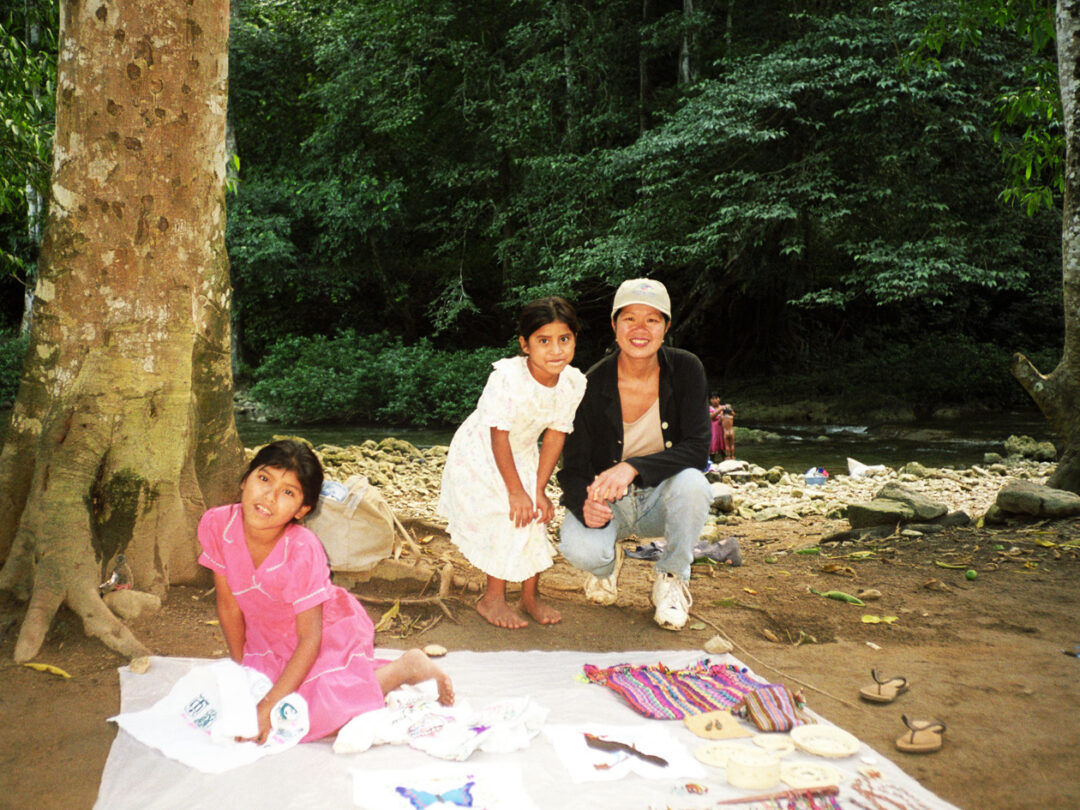
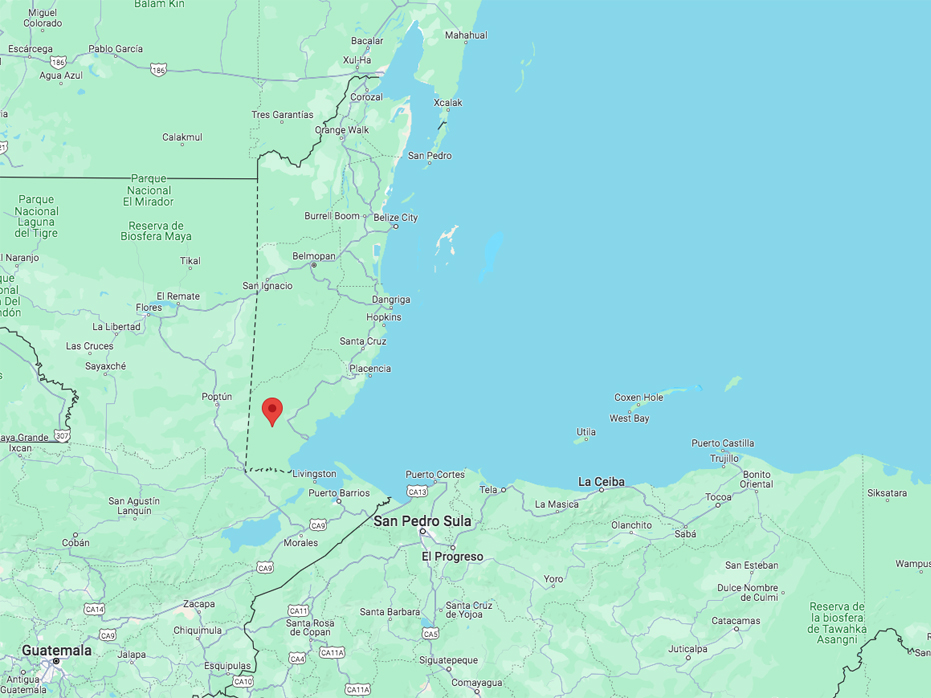
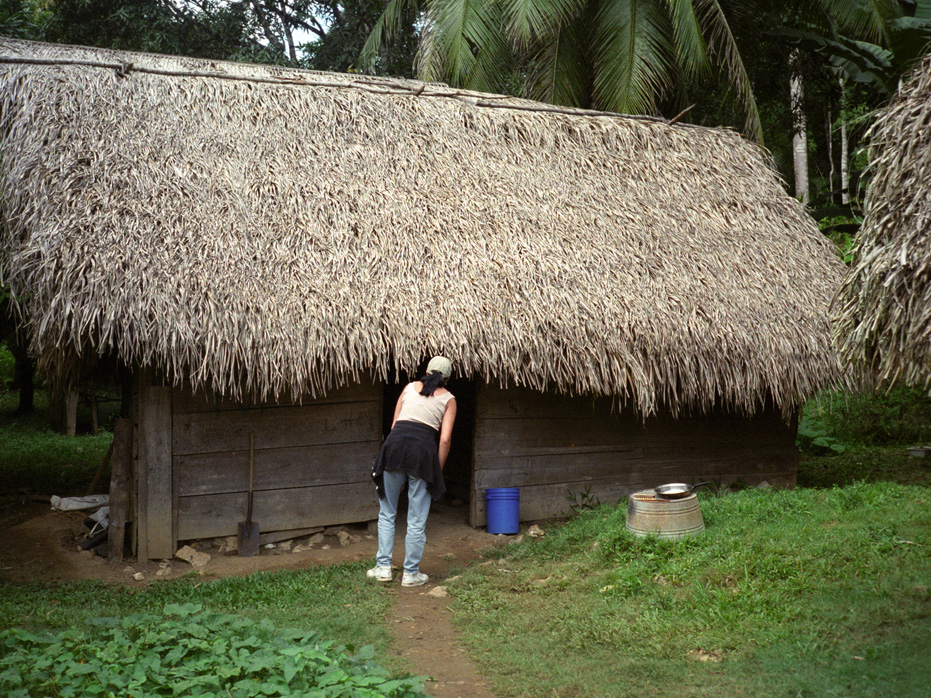
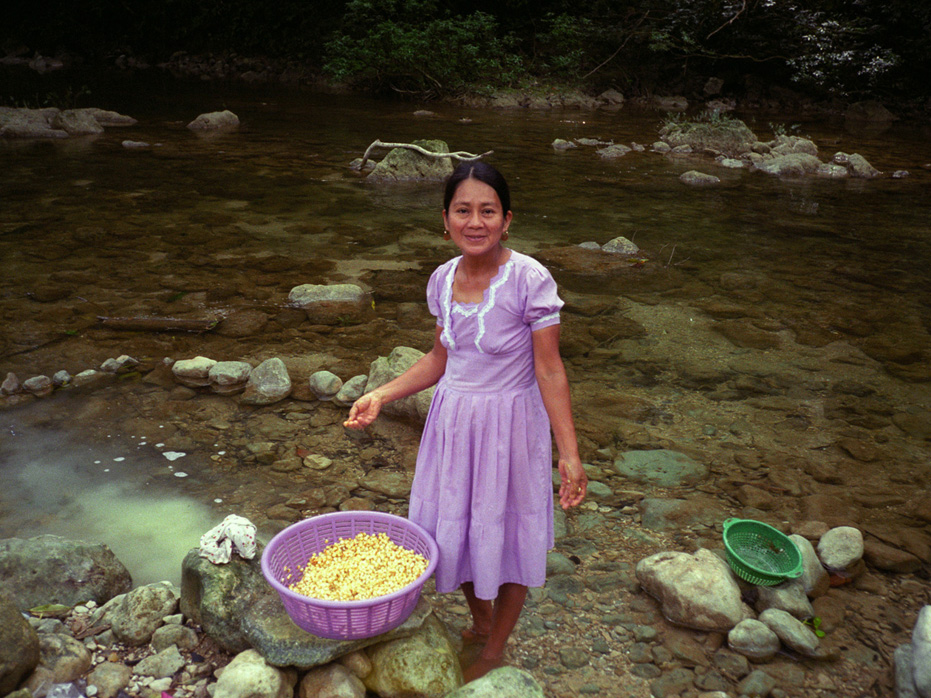
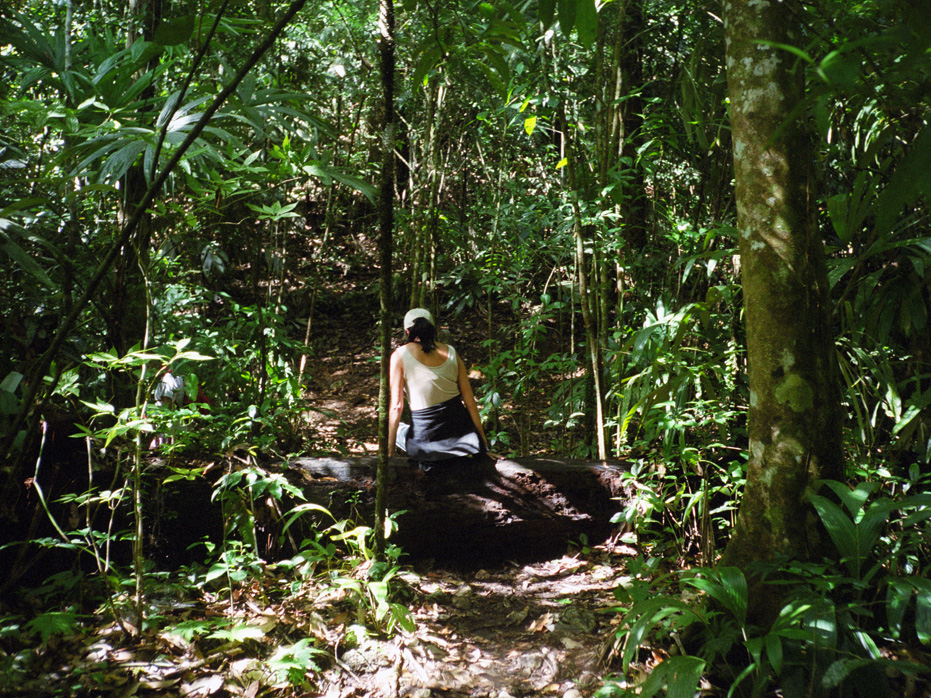
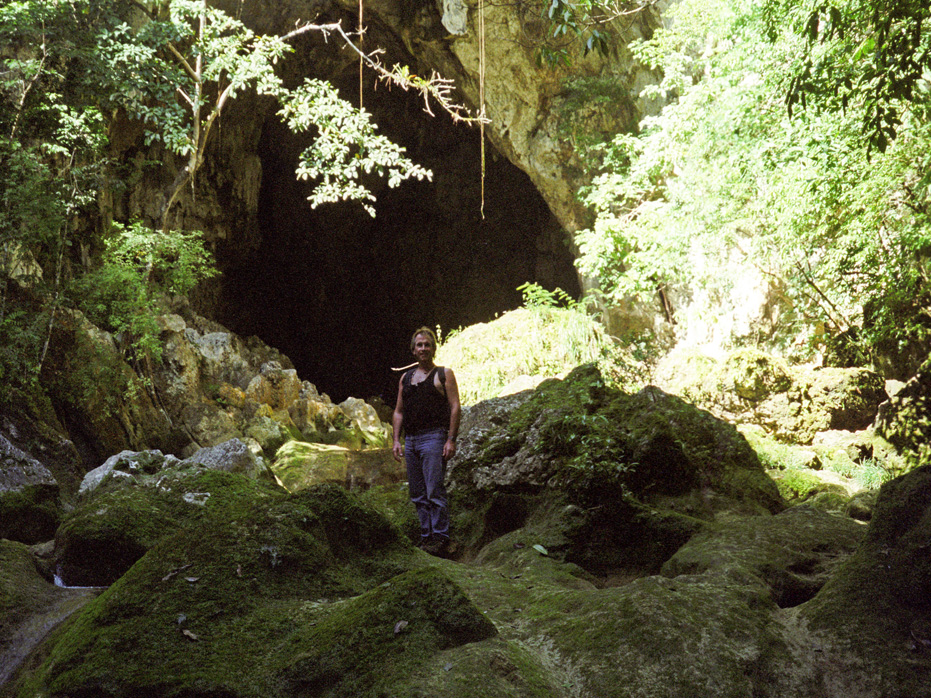
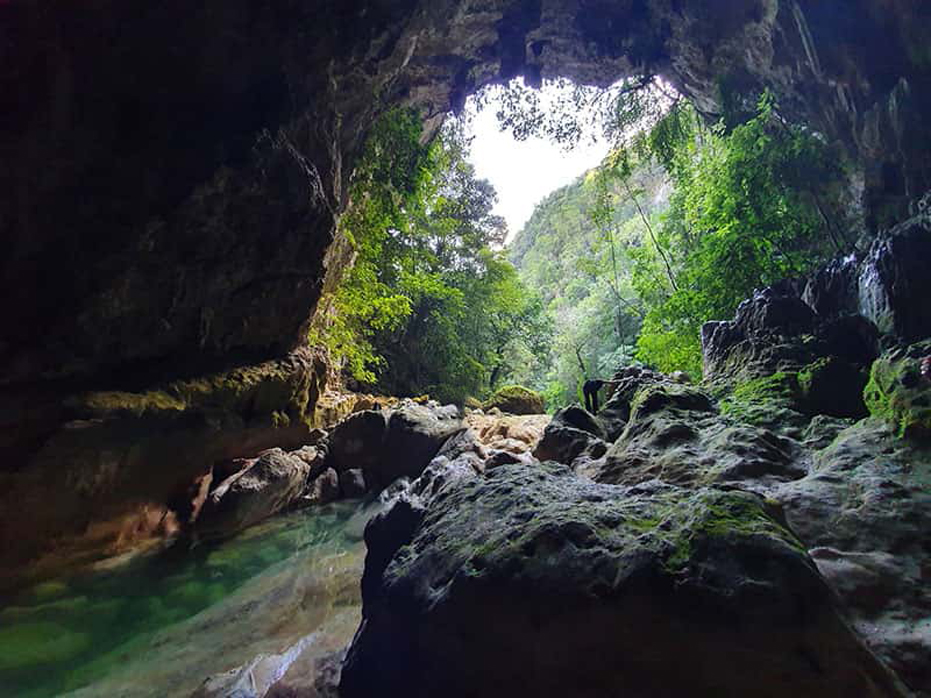
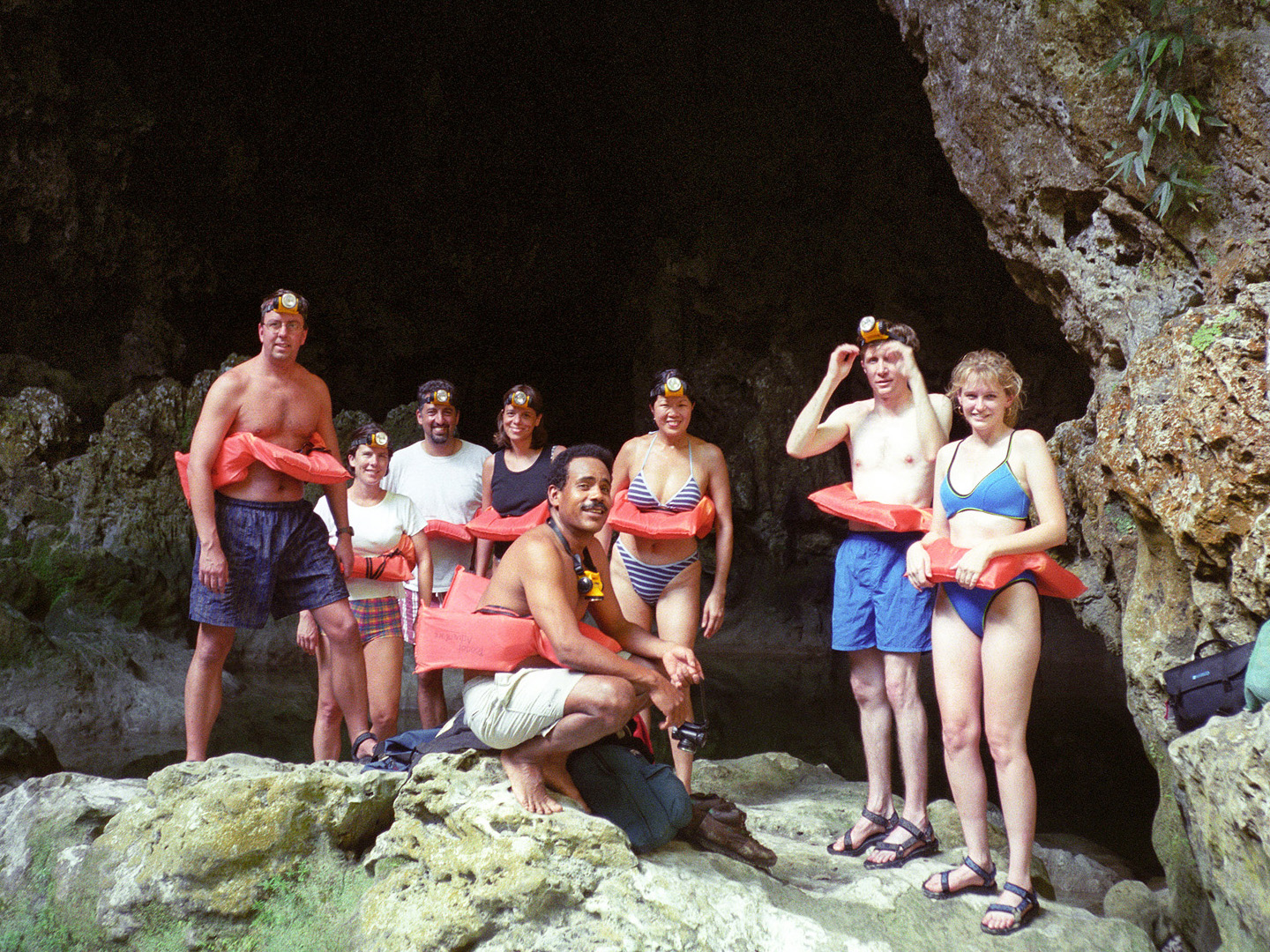
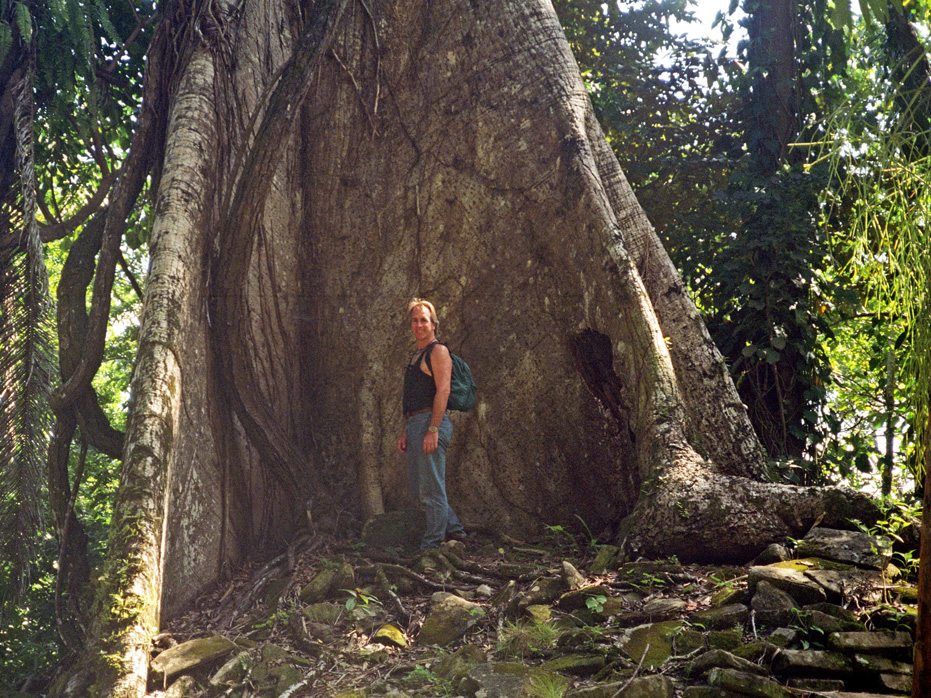
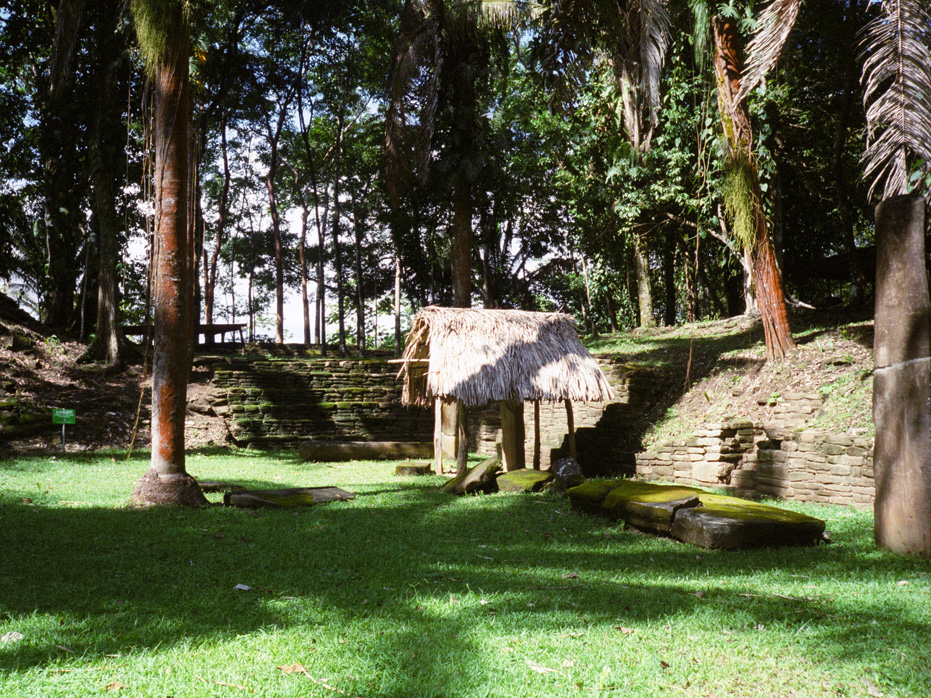
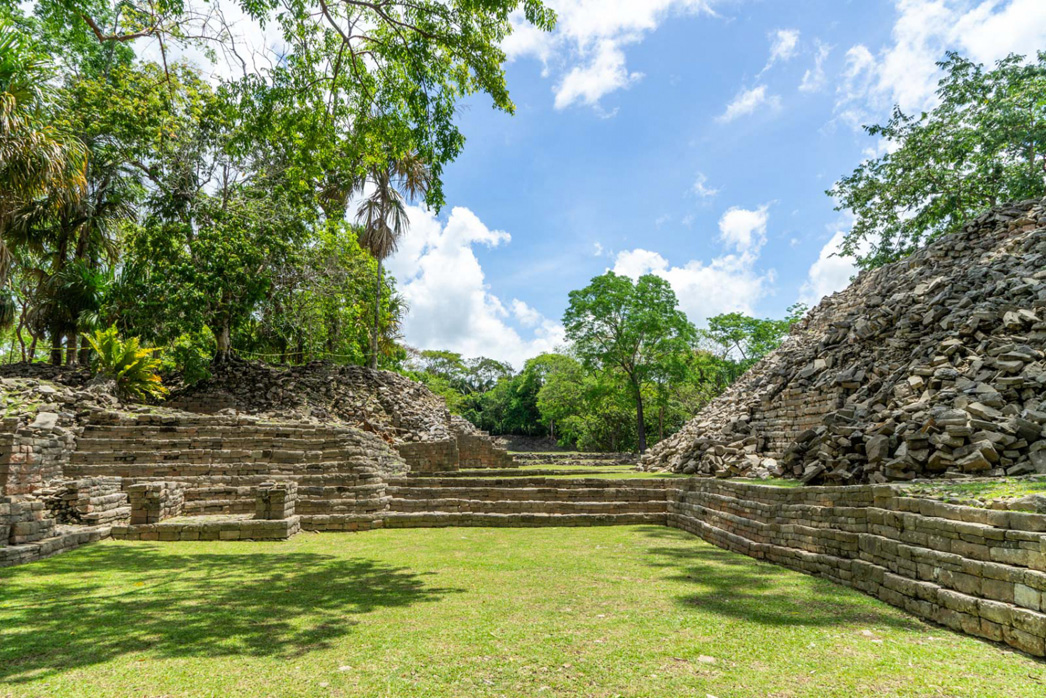
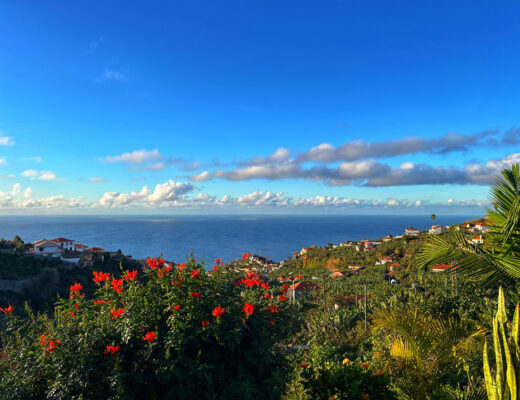
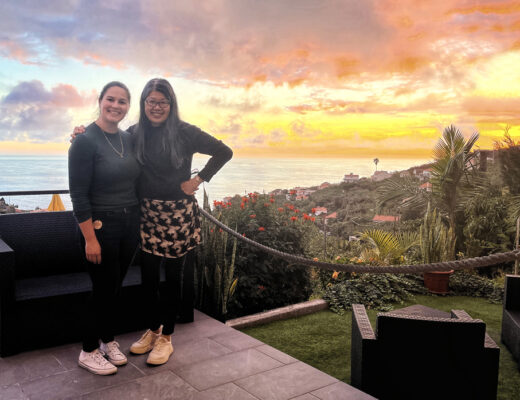
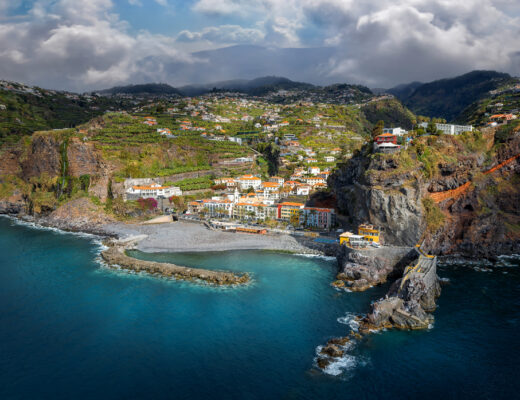
No Comments